The Center for Economic Research and Reforms, in partnership with UNICEF, is conducting a study on “Methodology for Measuring Multidimensional Poverty in Uzbekistan”. On the basis of the developed methodology, the Family Welfare Index will be introduced in Uzbekistan.
On December 29, the Center for Economic Research and Reforms hosted a round table on the specifics of multidimensional poverty in Uzbekistan, which became the next stage of the study.
The event was attended by employees of relevant ministries and departments, as well as an international expert from the UNICEF Research Center (Innochenti) Gwyther Rees, who provided information on international experience and best practices in measuring multidimensional poverty.
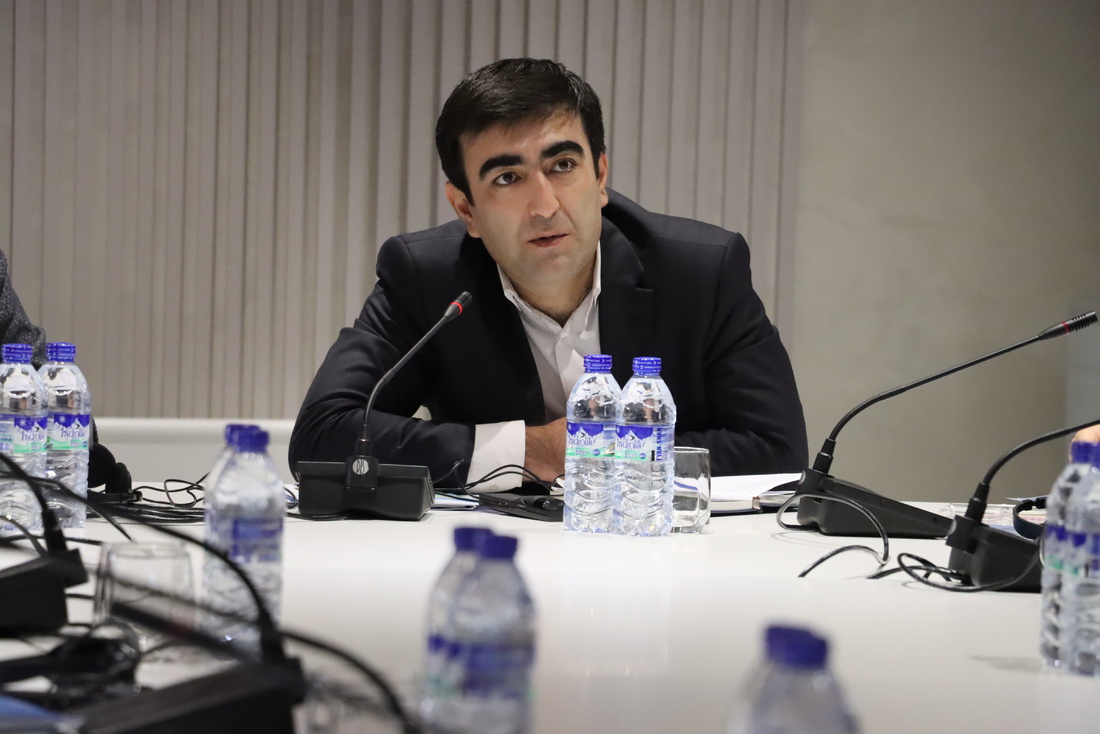
The round table was organized by the UNICEF Office in Uzbekistan with the support of the UNICEF Regional Office for Eastern Europe and Central Asia and the UNICEF Research Center (Innocenti).
The main goal of the round table is to discuss an initial project developed by experts from the Center for Economic Research and Reforms to determine the measurements of multidimensional poverty in the conditions of Uzbekistan. A survey will be conducted across the country to define an Index that will identify the characteristics of multidimensional poverty. The experts discussed the methodology and questionnaire of the upcoming study. In particular, a number of substantiated and important proposals have been made, taking into account these suggestions the questionnaire will be finalized.
At the end of May 2021, for the first time in Uzbekistan, preliminary estimates of the minimum consumer spending of the population were published. Thus, an attempt was made to measure the monetary poverty in the country.
“It is well known that the term“ poverty ”does not have a universal definition. Each state maintains a national definition based on its own characteristics. For the same purpose, we discussed at today's round table what multidimensional poverty is from the point of view of the specifics of Uzbekistan, and what dimensions should be included. International experience shows that it takes into account the availability of sufficient food, a home that meets certain standards, access to electricity, health care and education. What the exact minimum level, what should be the level of quality, will be determined through nationwide consultations. For example, the introduction of a national poverty indicator will measure the level of well-being of the population of Uzbekistan, reflecting the specifics of their lifestyle, ”said Umid Aliyev, UNICEF Social Policy Advisor in Uzbekistan.
It is important to measure the level of poverty among children since about 33% of the population of Uzbekistan are children. For the first time in 2017, the President raised the issue of poverty. Since then, the Center for Economic Research and Reforms has conducted a number of studies on poverty measurement.
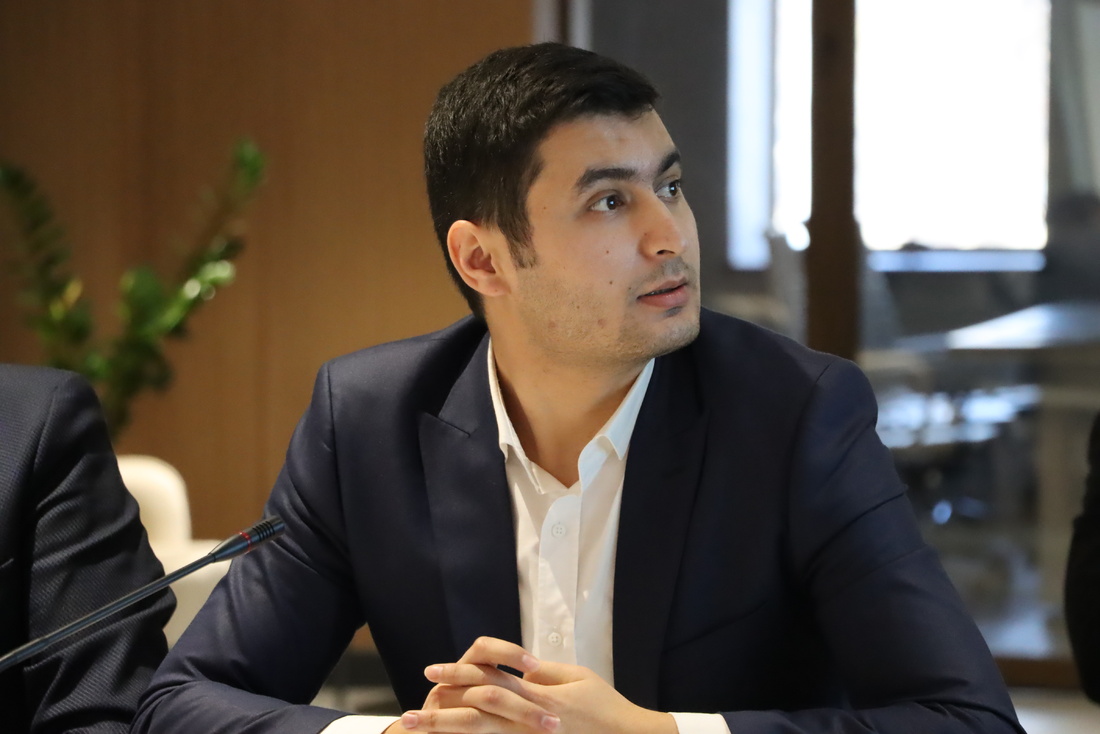
“Why is it important to measure poverty? Today, according to the World Bank, about 9.2% of the world's population, or 689 million people, live in extreme poverty on less than US $ 1.90 a day. In 107 developing countries, there are now at least 1.3 billion people who live in multidimensional poverty (by the criterias of multidimensional poverty). That means that multidimensional poverty is measured not only by income, but also by many other indicators, such as living conditions, health, sanitation and infrastructure in the living space, and the level of security.
Child poverty is much more important than the determination of poverty for the adult population. Because a defect acquired at a young age negatively affects a person's activities throughout his life. In particular, scientific studies have shown that poverty has a negative impact on human brain activity, and the level of mastery is relatively low among poor children. In addition, it has been proven that the level of income is relatively low throughout life, ”said Hasan Majidov, researcher at the Center for Economic Research and Reforms.
Monetary and non-monetary methods are used to determine the poverty line. There are basically two tools for measuring non-monetary poverty, the first of which is UNICEF's Multidimensional Overlapping Deprivation Analysis (MODA) method. Basically, this is a methodology for measuring poverty among children. The second is MPI (Multidimensional Poverty Index). One of our main goals in Uzbekistan today is to develop a methodology for measuring non-monetary multidimensional poverty among both adults and children, combining these two indicators. In MODA methodology, age indicators are given separately, i.e. when conducting surveys, separate questions are formulated for the population from infant to 5 years old, from 5 to 17 years old and over 17 years old. MPI does not have this option. Therefore, measurements are being developed by combining the two methodologies.
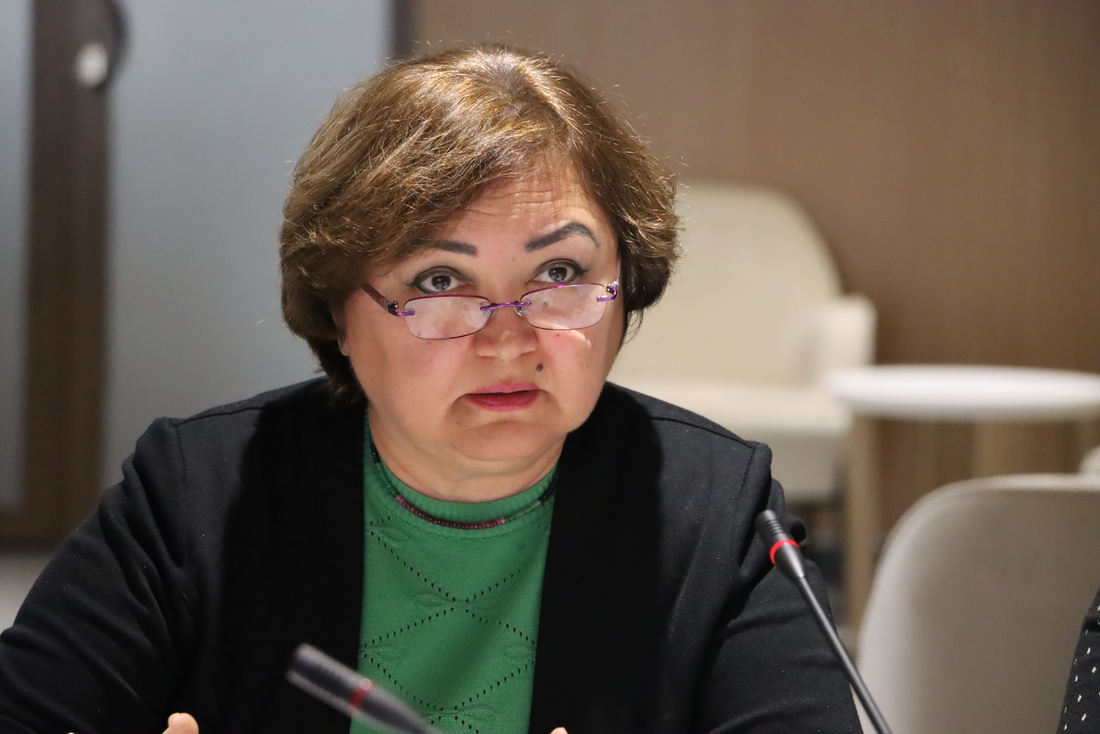
During the roundtable, Karomat Nurullayev presented the results of a study conducted in Armenia that measures multidimensional non-monetary poverty using both methodologies.
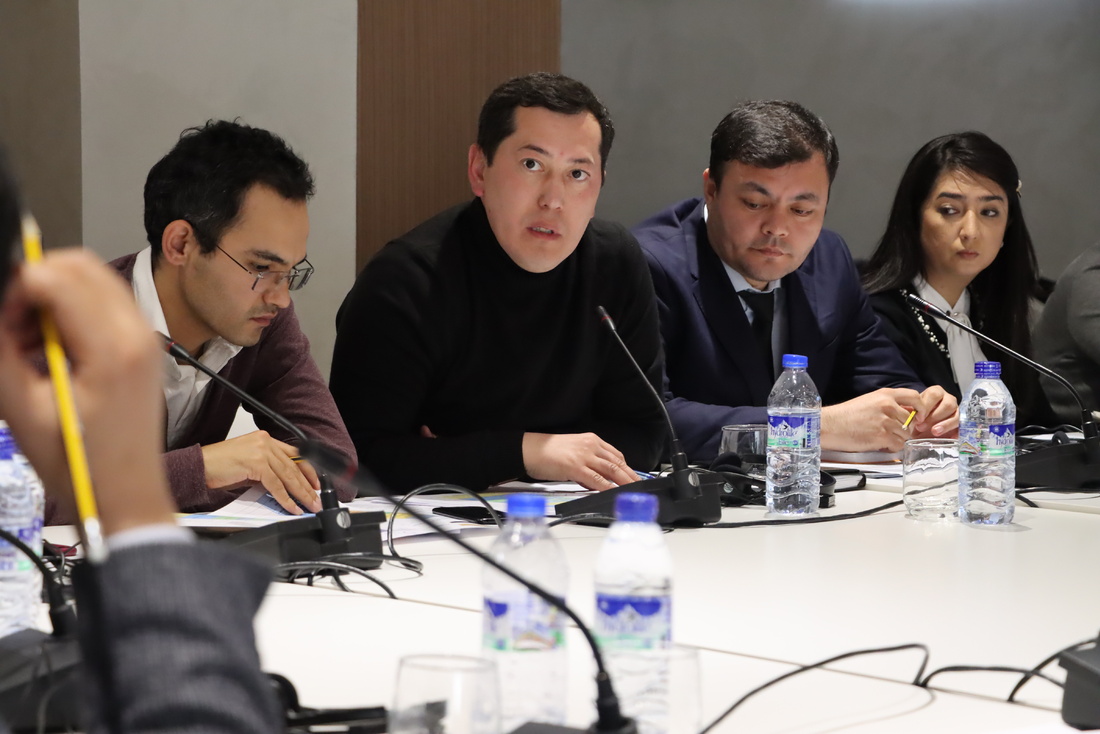
When developing indicators for the questionnaire, the participants of the round table proposed to develop them separately for rural and urban segments of the population, as well as for segments of the population living in multi-storey buildings and courtyards. Ravshan Isamutdinov, an expert at the Ministry of Mahalla and Family Support, suggested conducting separate studies on gender(separetely for female and for male). Secondly, he proposed to develop an indicator of the availability of talents and skills among the population. This will help reduce unemployment and poverty, the expert said.
Since each country differs in its own conditions and peculiarities, according to the expert, in many developed countries the lack of unlimited Internet access for households is also one of the indicators of poverty, but the use of this indicator in Uzbekistan will not help us to determine the real level of poverty.
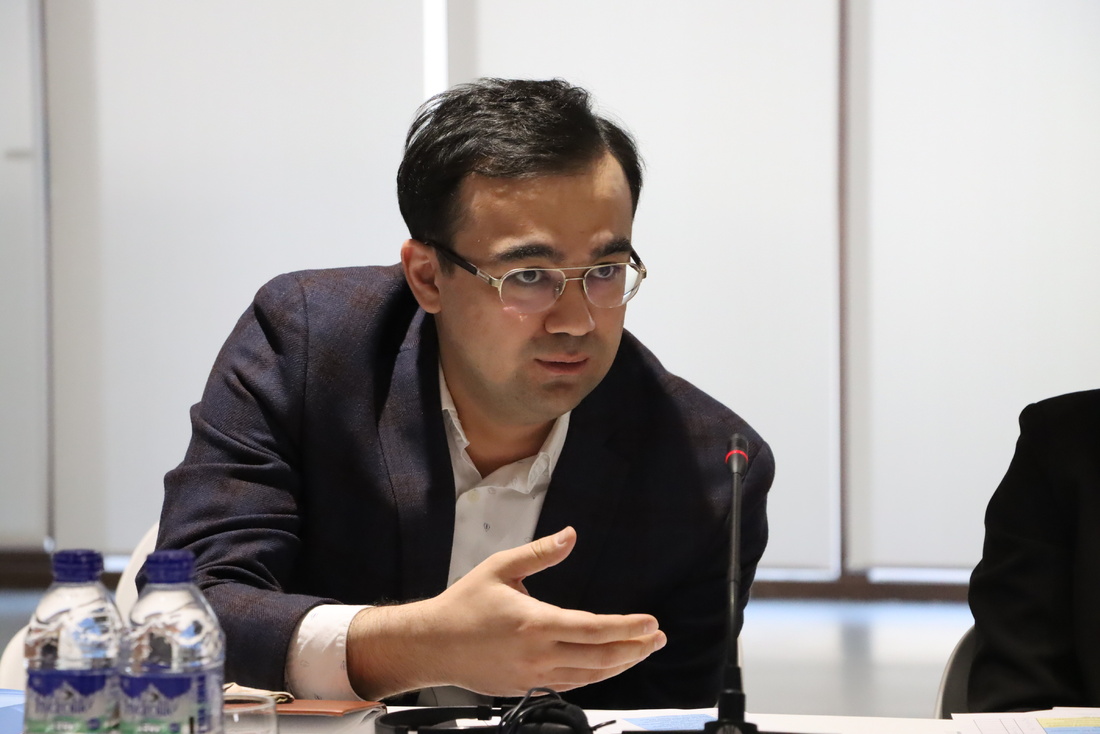
The seminar is expected to form the foundation for the development and implementation of a national methodology for measuring multidimensional poverty and calculating the Family Well-Being Index. These measurements will provide useful information for identifying comprehensive measures to reduce poverty and improve the well-being of families in Uzbekistan.
Public Relations Service CERR

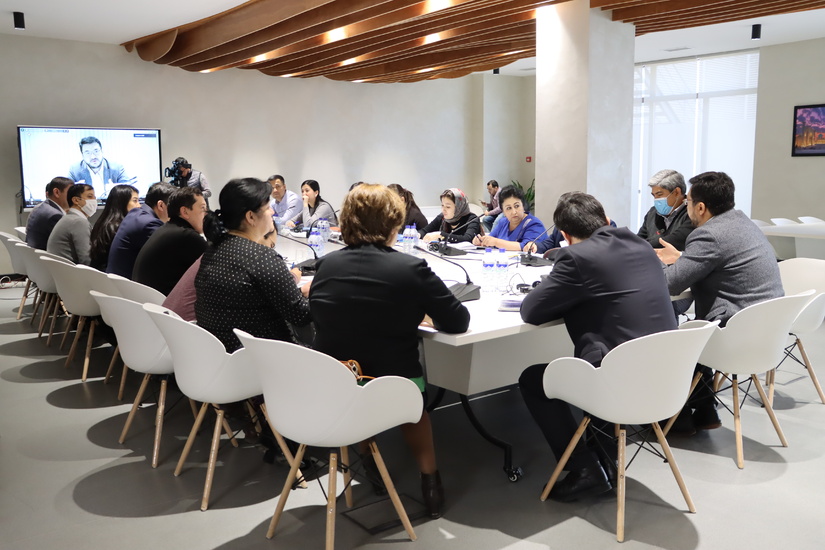



















leave a comment